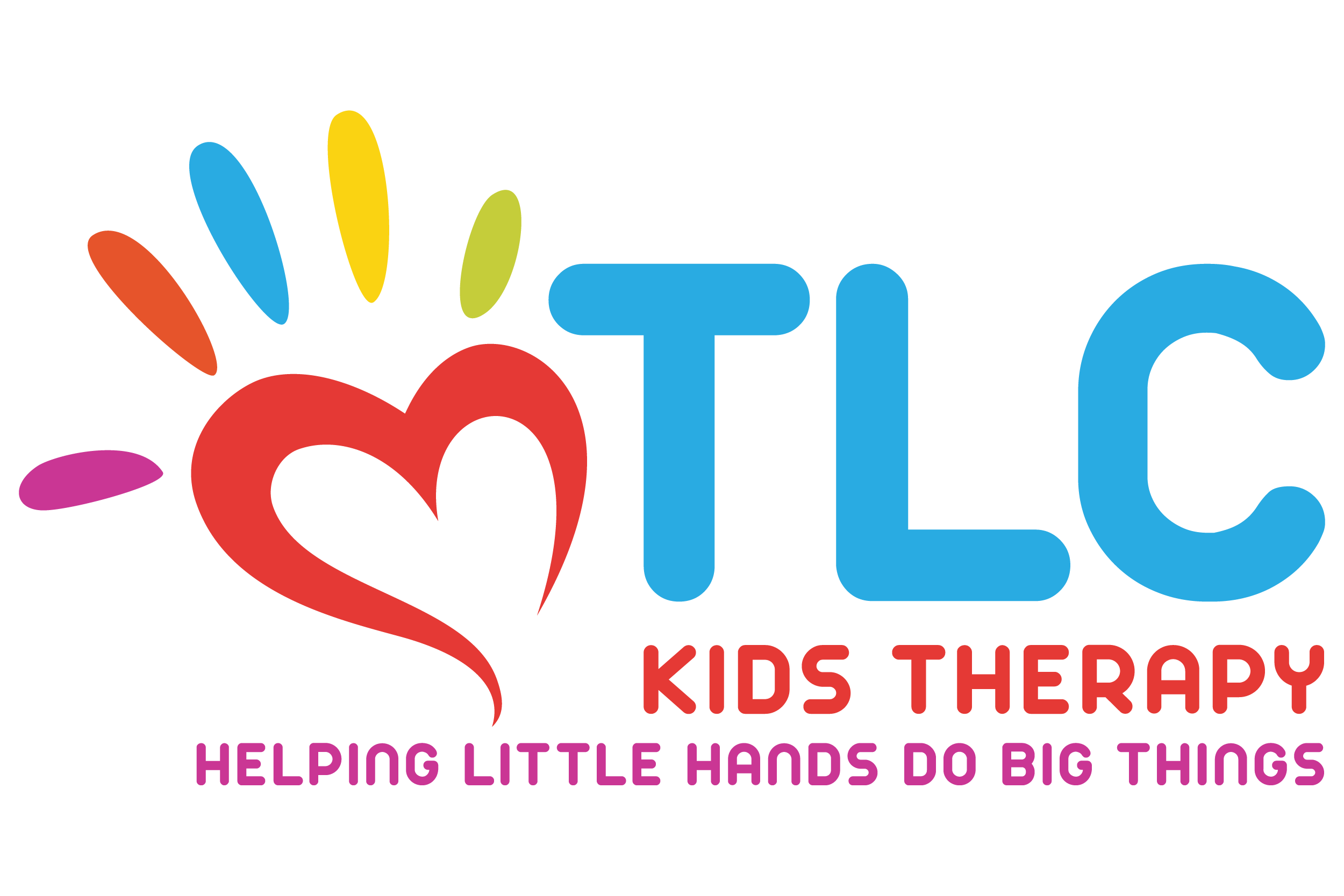When it comes to supporting the healthy development of children, upper body strength and postural control are often overlooked. Yet, these foundational skills play a crucial role in everything from playing sports to everyday tasks like writing, using classroom tools effectively and carrying a backpack. By focusing on engaging activities and exercises, parents and caregivers can help children develop strong muscles and improve their posture, setting them up for success both now and in the future.
Why Upper Body Strength and Postural Control Matter
1. Enhancing Motor Skills: Strong upper body muscles are essential for fine and gross motor skills. From climbing to drawing, a well-developed upper body supports better coordination and control.
2. Supporting Posture: Good posture is key to preventing back and neck pain and ensuring that children can maintain focus and comfort during activities like reading or using a computer.
3. Boosting Confidence: Physical strength and control help children feel more capable and confident in their abilities, whether they’re playing sports or participating in school activities.
Fun Activities to Build Upper Body Strength
- Animal Walks: Encourage children to mimic different animals, such as bear crawls (walking on hands and feet), crab walks (walking on hands and feet with belly facing up) and frog jumps. These activities build strength and coordination while being entertaining.
- Playground Fun: Climbing structures, monkey bars, and swings are fantastic for building upper body strength. Supervised playtime at the playground not only enhances strength but also supports social and emotional development.
- Push-Ups and Wall Push-Ups: Start with modified push-ups or wall push-ups for younger children. As they grow stronger, they can progress to push-ups on their hands and knees, then finally standard push-ups on hands and toes. To keep things fun, turn it into a game or challenge. Have them play the clock push-up challenge for example. Complete a push-up at 12 pm, stay in a push up position and hand walk to 3 pm for the next one, then to 6 pm, 9 pm and one last push up at 12 pm again.
- Pulling and Tugging Games: Play tug-of-war with a rope or pull on a stretchy resistance band. These activities can be made into friendly competitions or cooperative games.
- Obstacle Courses: Set up an obstacle course at home or in the yard with tunnels, ropes, and low walls to climb over. Obstacle courses challenge a variety of muscle groups and can be customized based on a child’s age and ability.
Activities for Postural Control
- Balance Exercises: Use a balance beam, wobble board, or even a line on the ground for balance exercises. Encourage children to walk along the line or beam and perform tasks while balancing.
- Seated Exercises: Have children sit on a stability ball while doing activities like drawing or playing with building blocks. This encourages core engagement and helps with postural control.
- Yoga for Kids: Simple yoga poses like the tree pose, warrior pose, and downward dog can help improve balance, strength, and posture. There are many kid-friendly yoga videos and classes available online.
- Correct Sitting Habits: Teach children to sit with their feet flat on the floor, hips, knees and ankles at a 90-degree angle, and back straight. Use ergonomic chairs or cushions if necessary to promote good posture.
- Stretching Routines: Incorporate stretching routines that focus on the back, shoulders, and arms. Stretching helps maintain flexibility and can reduce the risk of injuries from overuse.
Tips for Parents and Caregivers
- Make It Fun: Turn exercises and activities into games or challenges. The more enjoyable the experience, the more likely children will be to engage regularly.
- Encourage Regular Practice: Consistency is key. Incorporate these activities into daily routines or weekly schedules to ensure children are consistently working on their strength and posture.
- Lead by Example: Participate in physical activities with your children. Your enthusiasm and involvement can motivate them to stay active and engaged.
- Monitor Progress: Keep track of improvements and celebrate milestones. Positive reinforcement encourages continued effort and helps build a child’s self-esteem.
- Consult Professionals: If you have concerns about your child’s posture or strength development, consider consulting with a pediatric occupational therapist for personalized guidance.
By integrating these activities into daily life, you can help your child build upper body strength and improve postural control, setting a strong foundation for their overall physical development and well-being.
